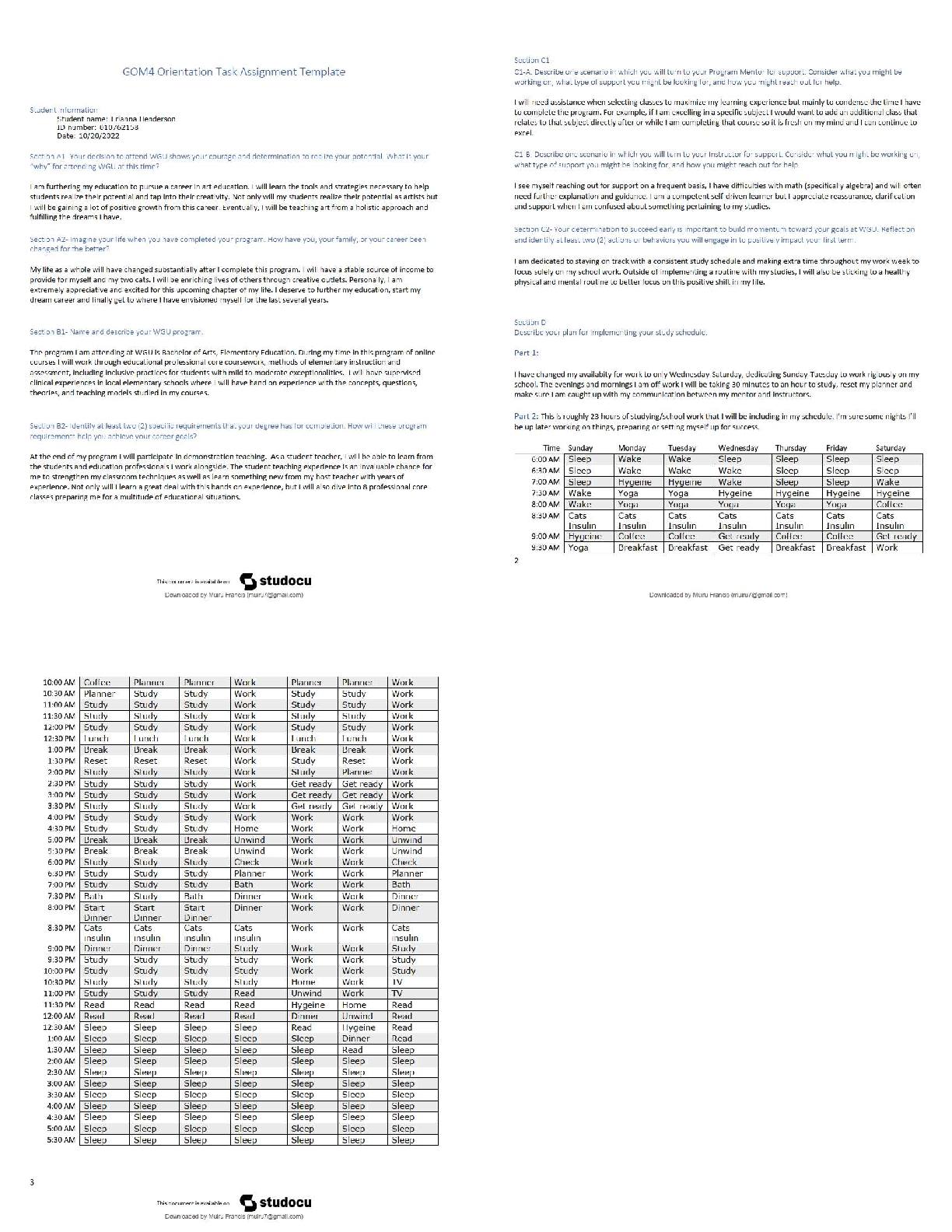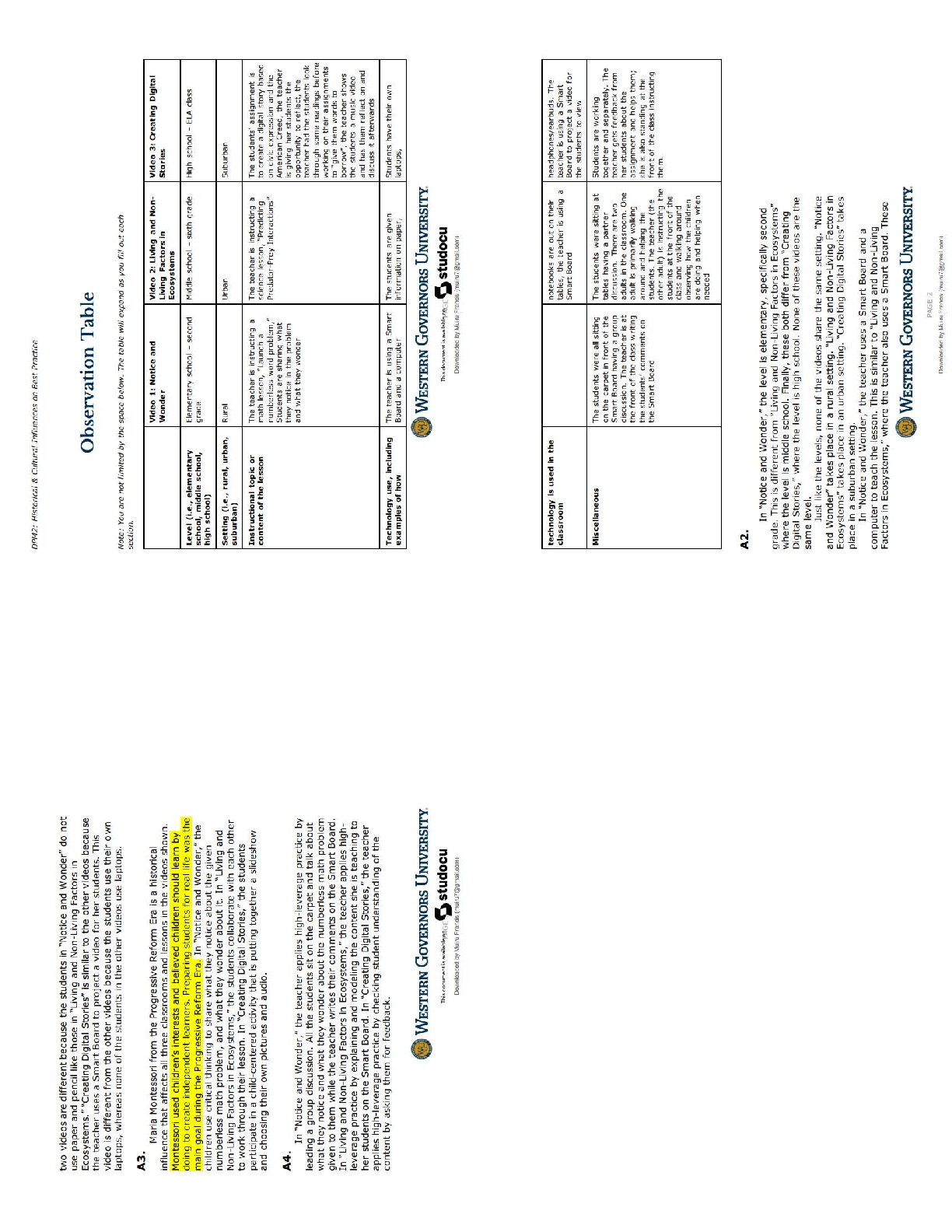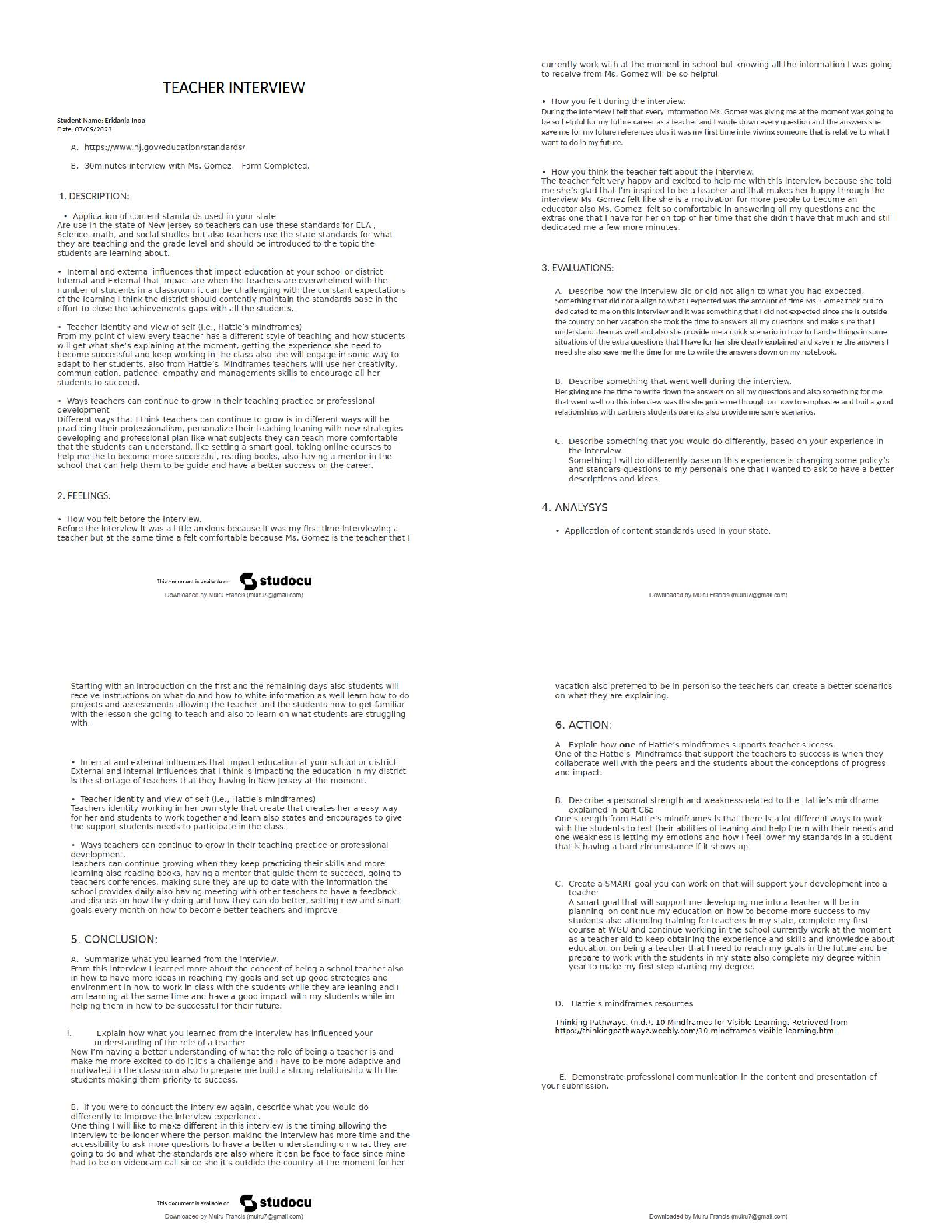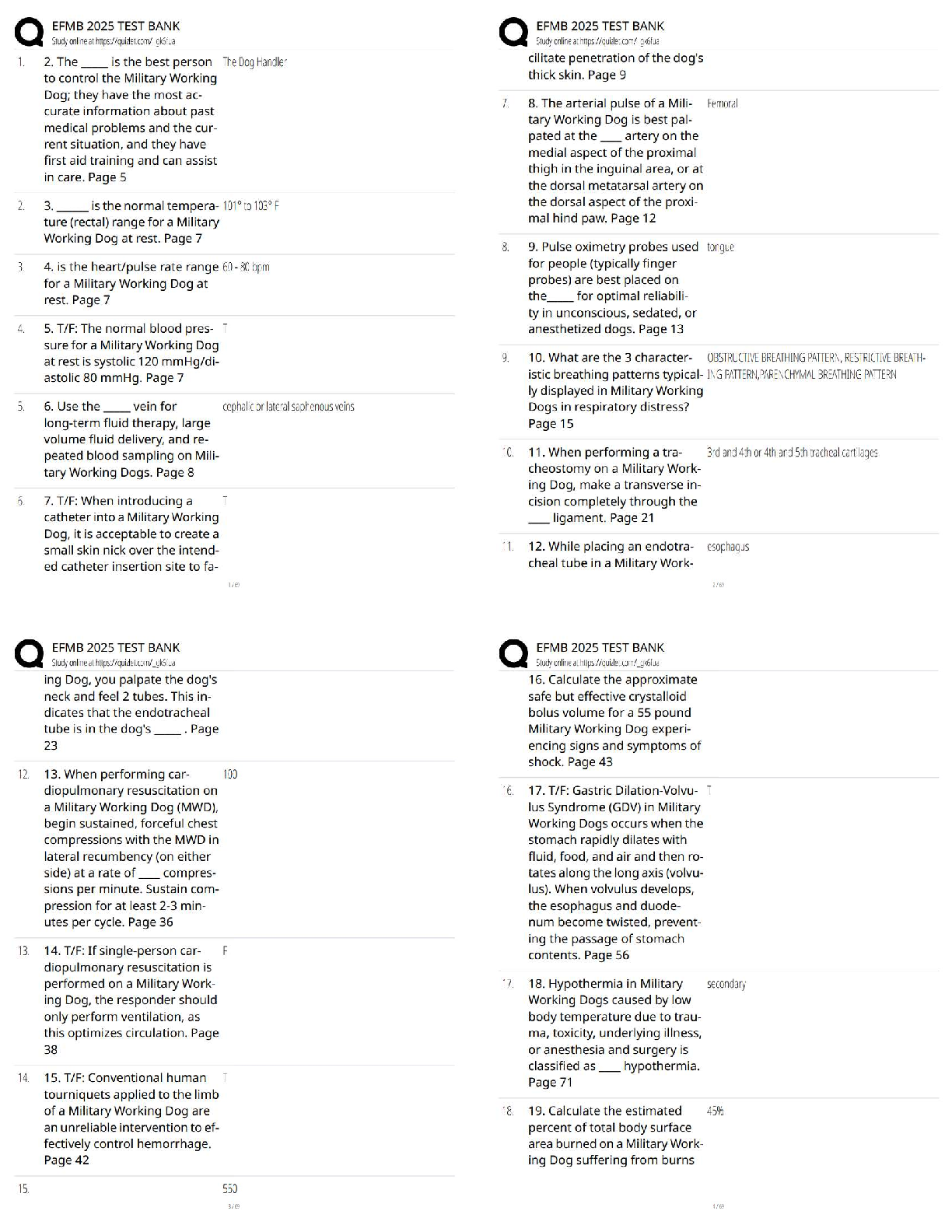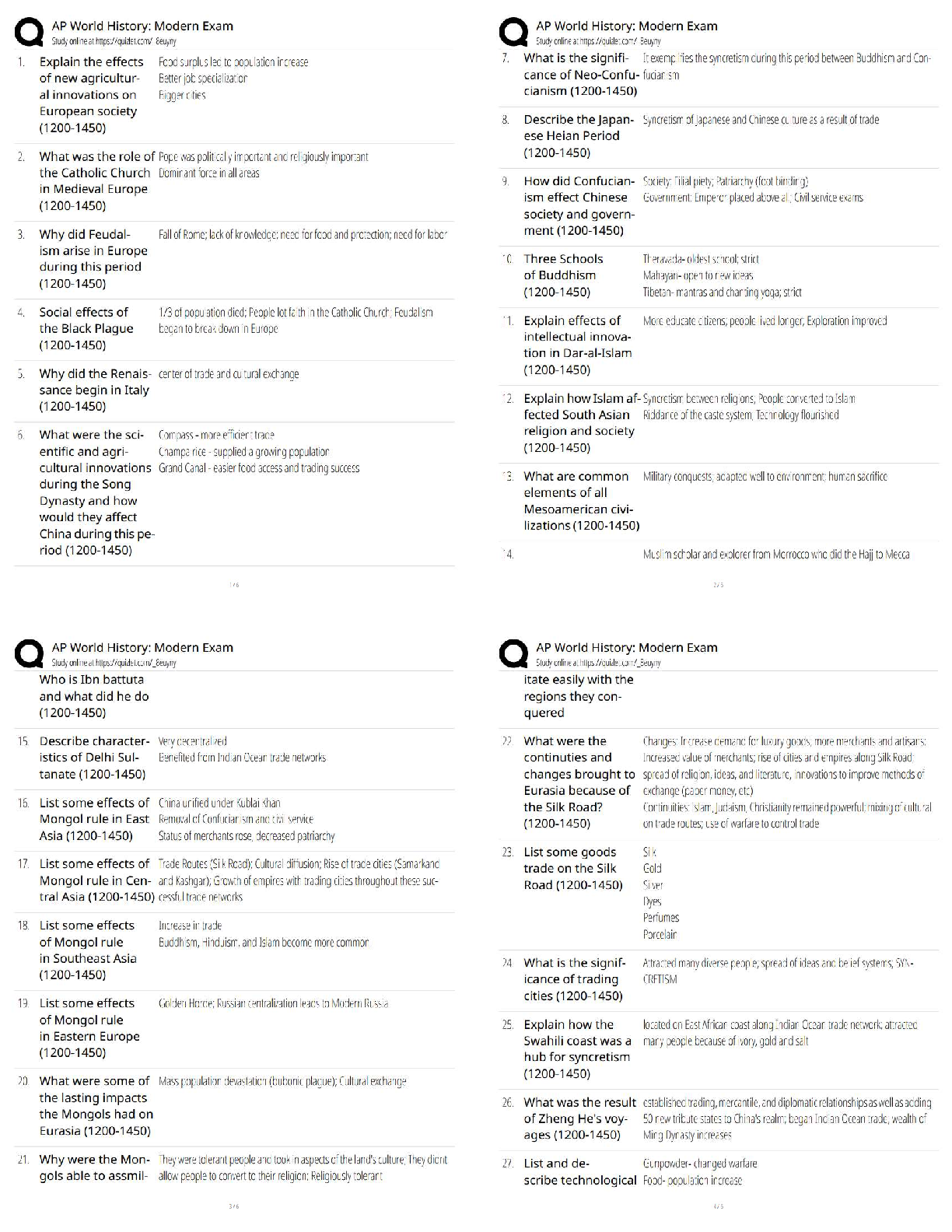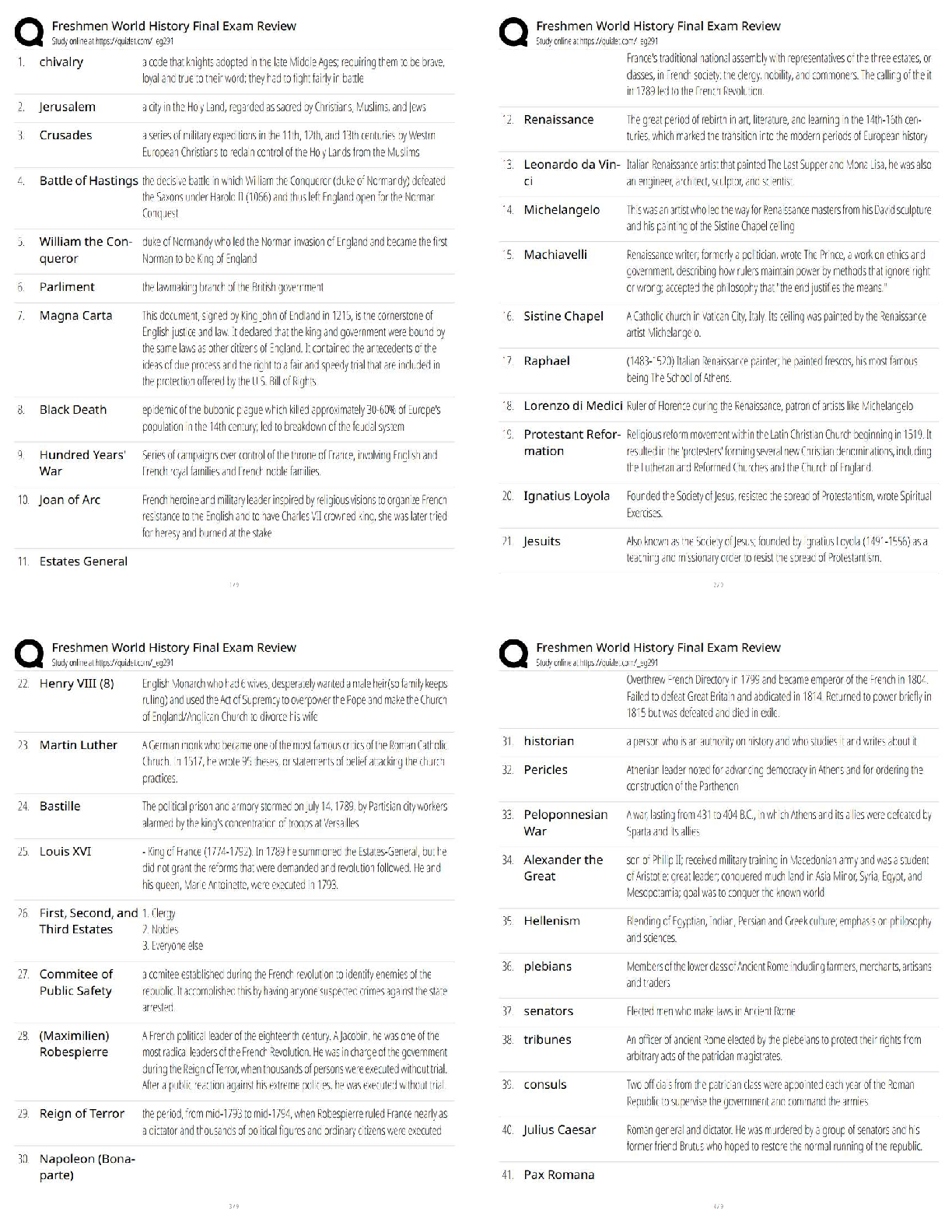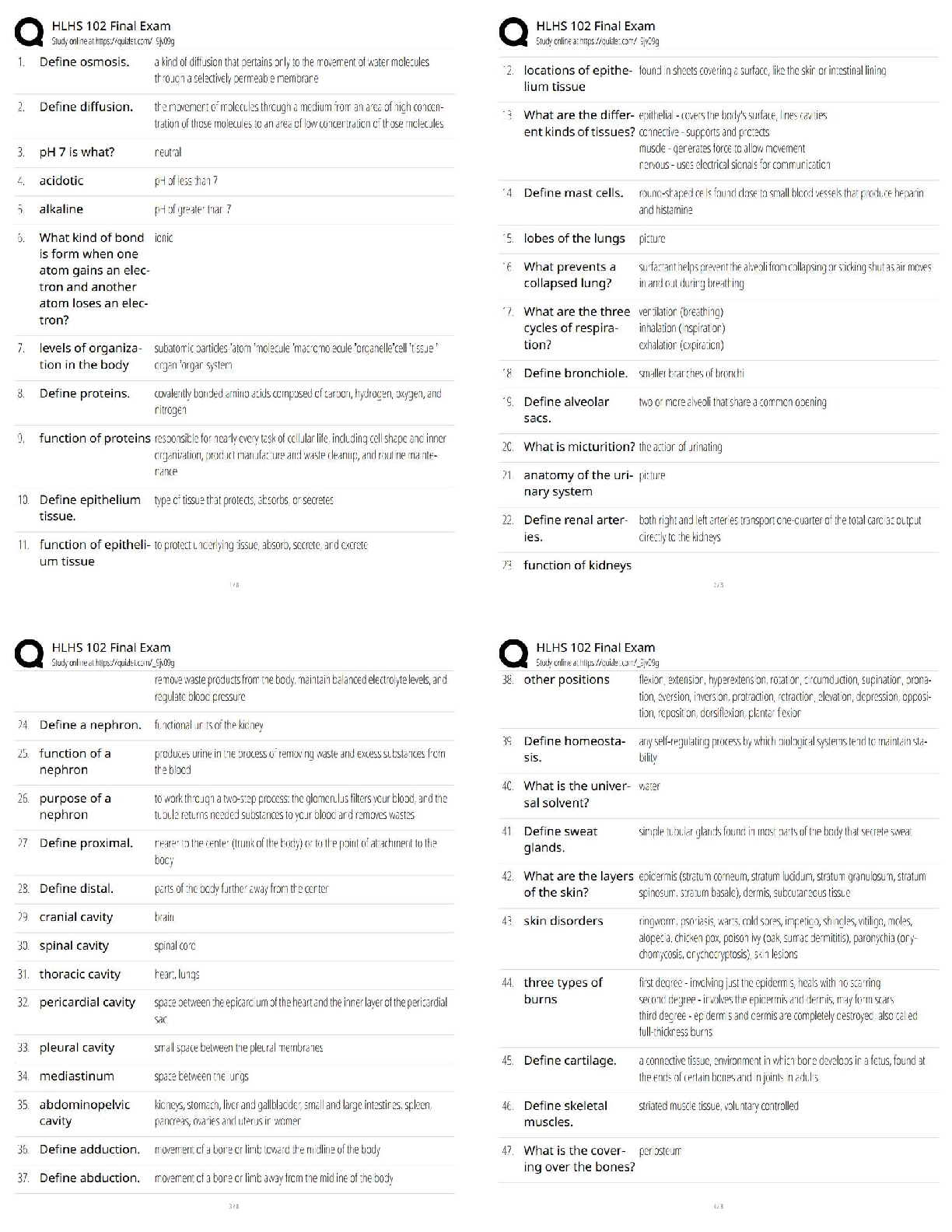Marketing > QUESTIONS & ANSWERS > CHAPTER 12 PRICING DECISIONS AND COST MANAGEMENT: ANSWERS (All)
CHAPTER 12 PRICING DECISIONS AND COST MANAGEMENT: ANSWERS
Document Content and Description Below
12-1 The three major influences on pricing decisions are: 1. Customers, who influence price through their effect on demand for a product or service. 2. Competitors, who offer alternative or substitu ... te products or services a customer could choose. 3. Costs that affect the supply of a product or service. 12-2 Not necessarily. For a one-time-only special order, the relevant costs are only those costs that will change as a result of accepting the order. In this case, full product costs will rarely be relevant. It is more likely that full product costs will be relevant costs for long-run pricing decisions. 12-3 Two examples of pricing decisions with a short-run focus: 1. Pricing for a one-time-only special order with no long-term implications. 2. Adjusting product mix and volume in a competitive market. 12-4 Activity-based costing helps managers in pricing decisions in two ways. 1. It gives managers more accurate product-cost information for making pricing decisions. 2. It helps managers to manage costs during value engineering by identifying the cost impact of eliminating, reducing, or changing various activities. 12-5 Two alternative starting points for long-run pricing decisions are: 1. Market-based pricing, an important form of which is target pricing. The market-based approach asks, “Given what our customers want and how our competitors will react to what we do, what price should we charge?” 2. Cost-based pricing which asks, “Given what it costs us to make this product, what price should we charge that will recoup our costs and achieve a required return on investment?” 12-6 A target cost per unit is the estimated long-run cost per unit of a product or service that enables the company to achieve its target operating income per unit when selling at the target price. 12-7 Value engineering is a systematic evaluation of all aspects of the value-chain business functions, with the objective of reducing costs while satisfying customer needs. Value engineering via improvement in product designs, changes in material specifications, or modification in process methods, is a principal technique that companies use to achieve target cost per unit. 12-8 A value-added cost is a cost that customers perceive as adding value, or utility, to a product or service. Examples are costs of materials, direct labor, tools, and machinery. A nonvalue-added cost is a cost that customers do not perceive as adding value, or utility, to a product or service. Examples of nonvalue-added costs are costs of rework, scrap, expediting, and breakdown maintenance. 12-9 No. It is important to distinguish between when costs are locked in and when costs are incurred, because it is difficult to alter or reduce costs that have already been locked in. [Show More]
Last updated: 3 years ago
Preview 1 out of 49 pages
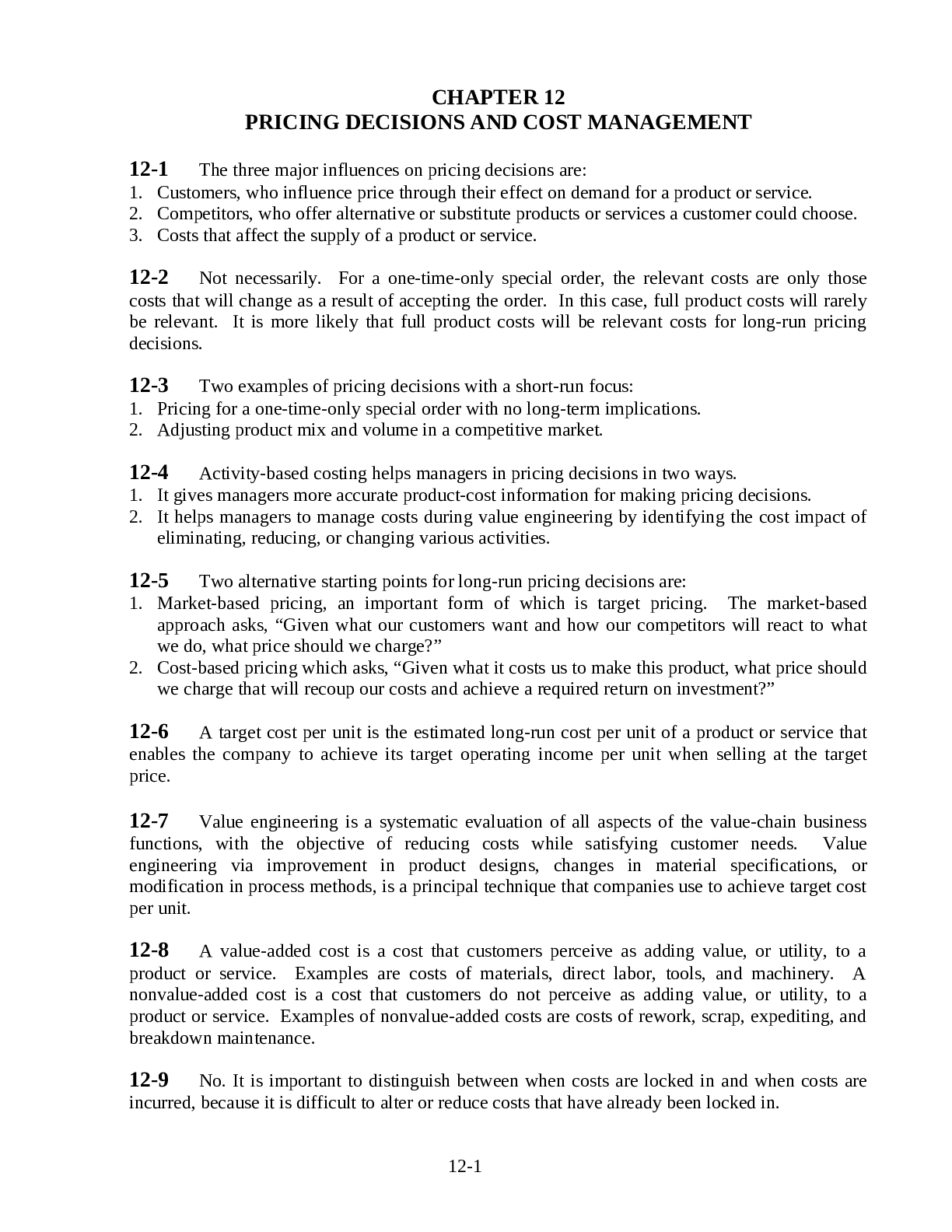
Buy this document to get the full access instantly
Instant Download Access after purchase
Buy NowInstant download
We Accept:

Reviews( 0 )
$7.50
Can't find what you want? Try our AI powered Search
Document information
Connected school, study & course
About the document
Uploaded On
Jun 25, 2021
Number of pages
49
Written in
All
Additional information
This document has been written for:
Uploaded
Jun 25, 2021
Downloads
0
Views
120

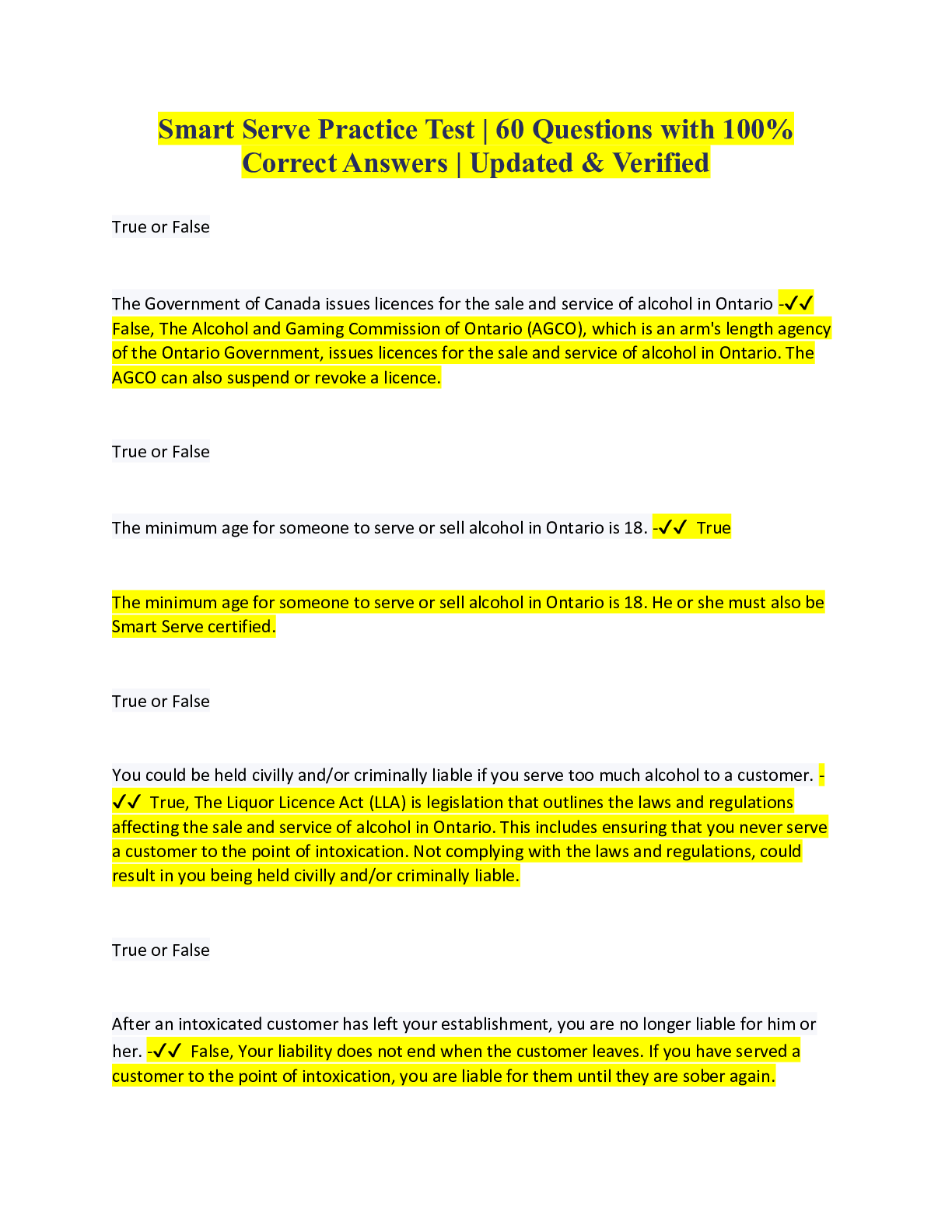
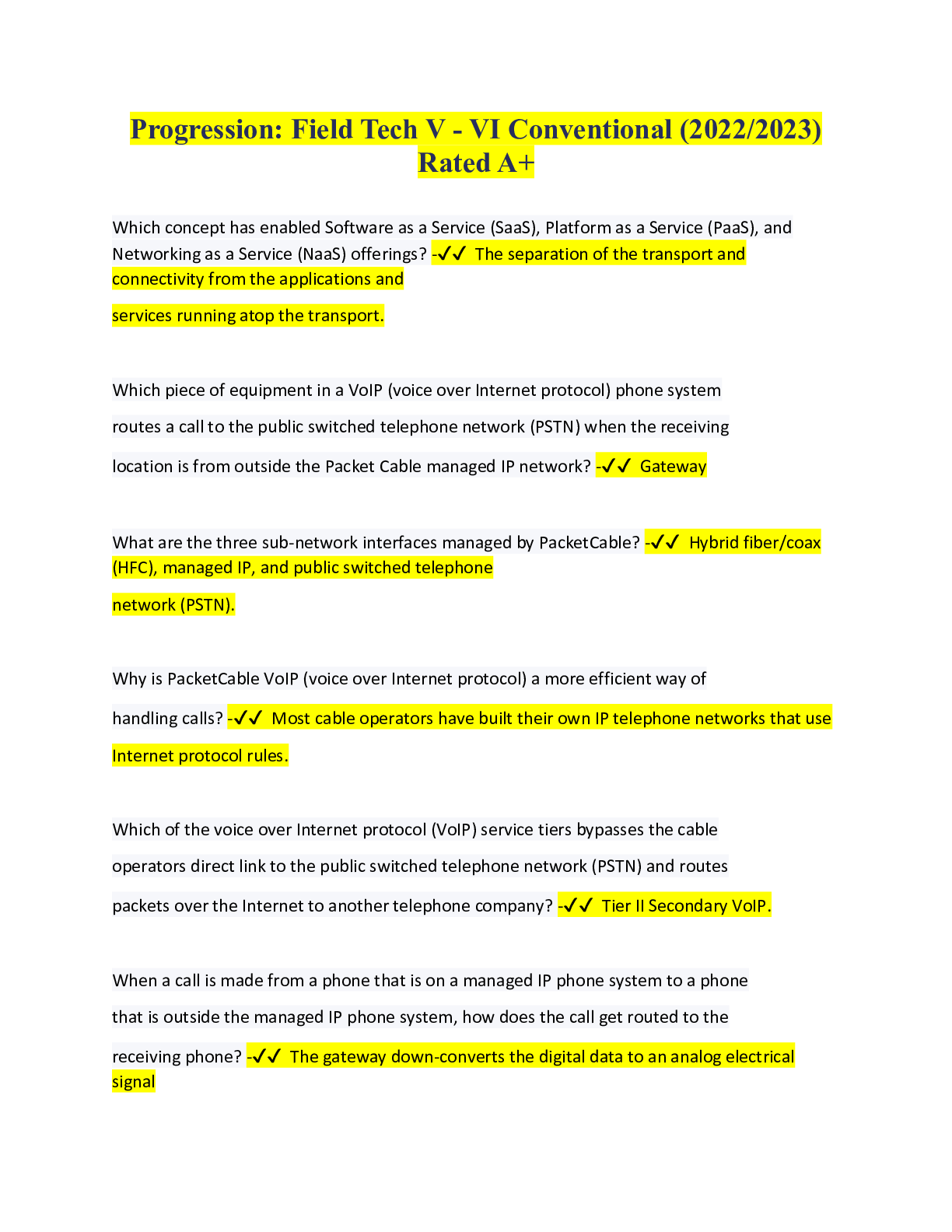

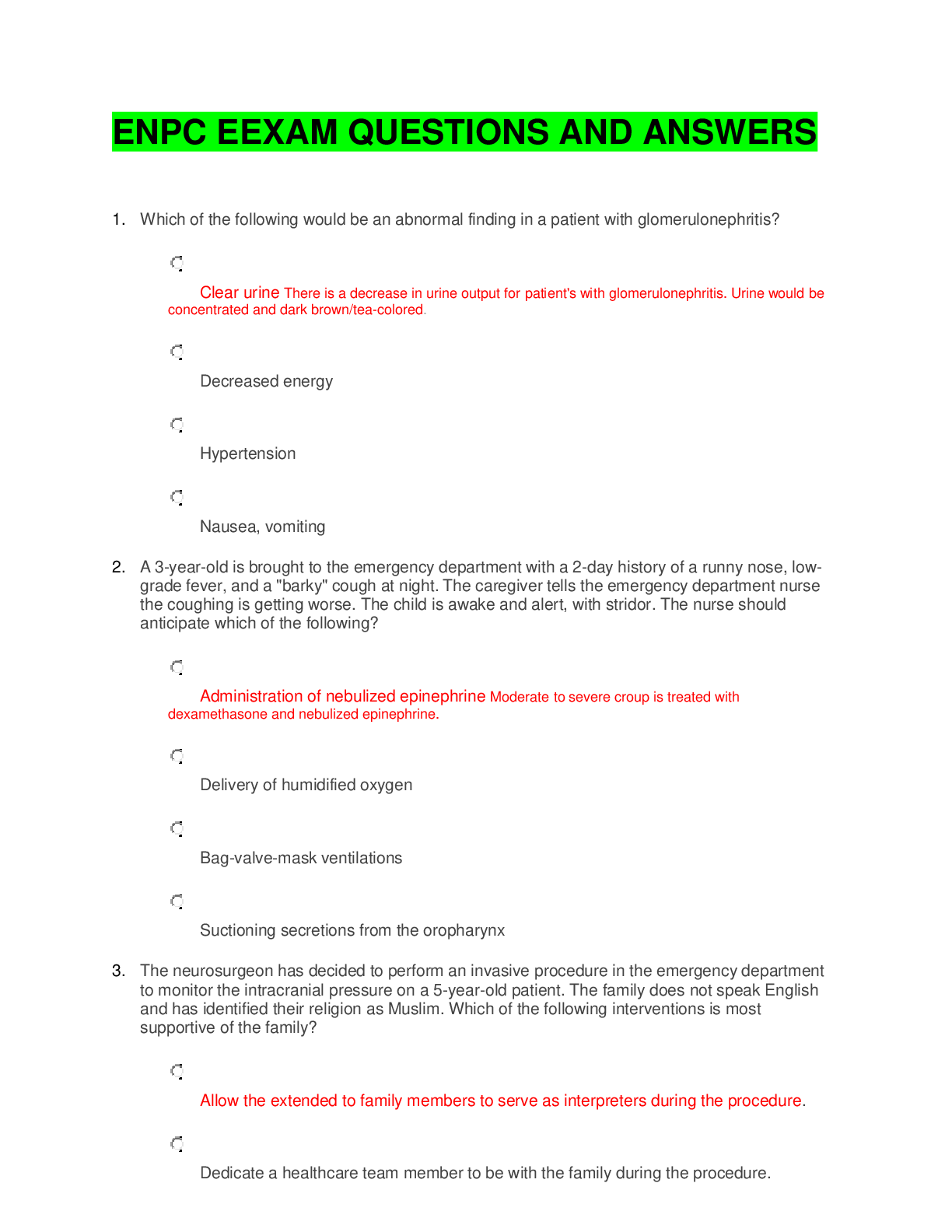
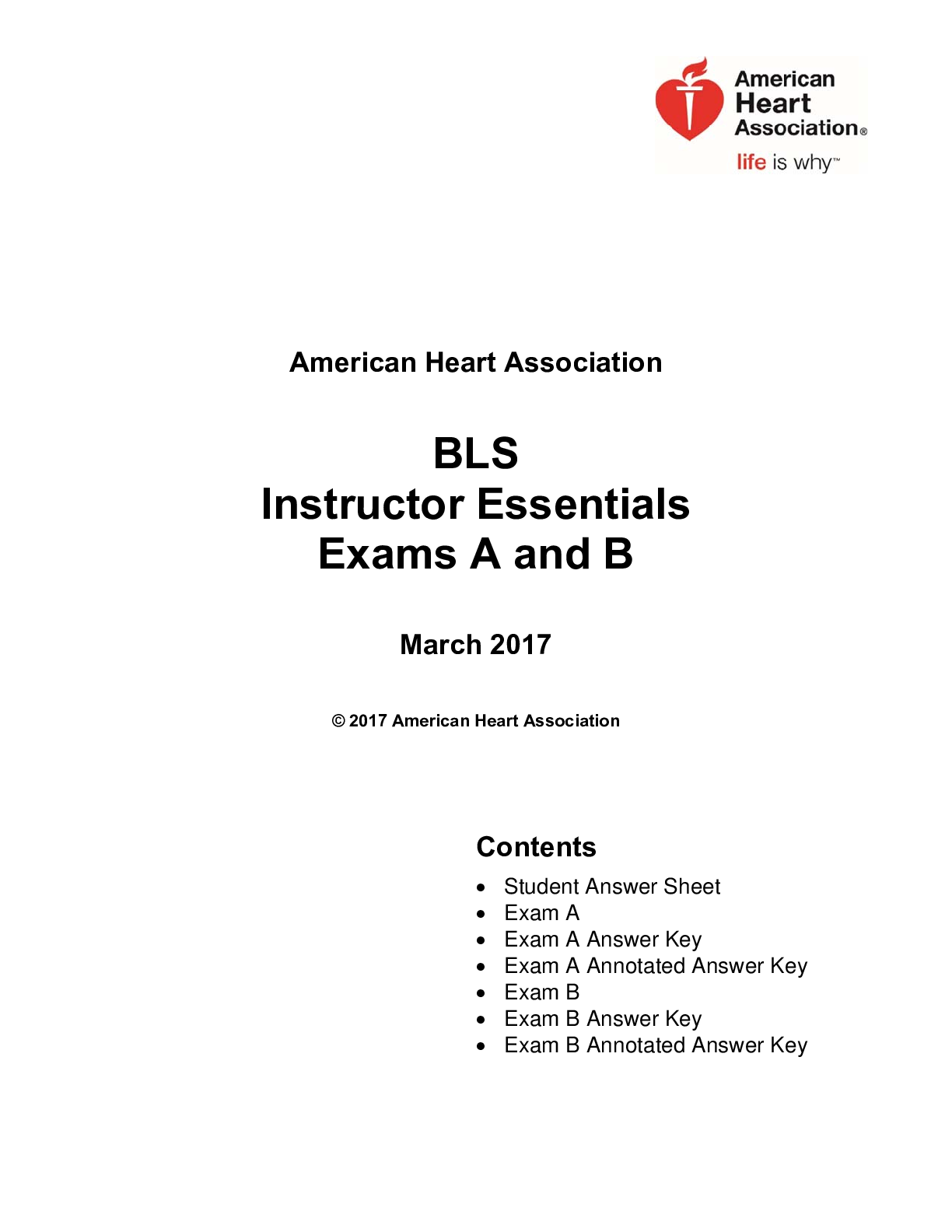

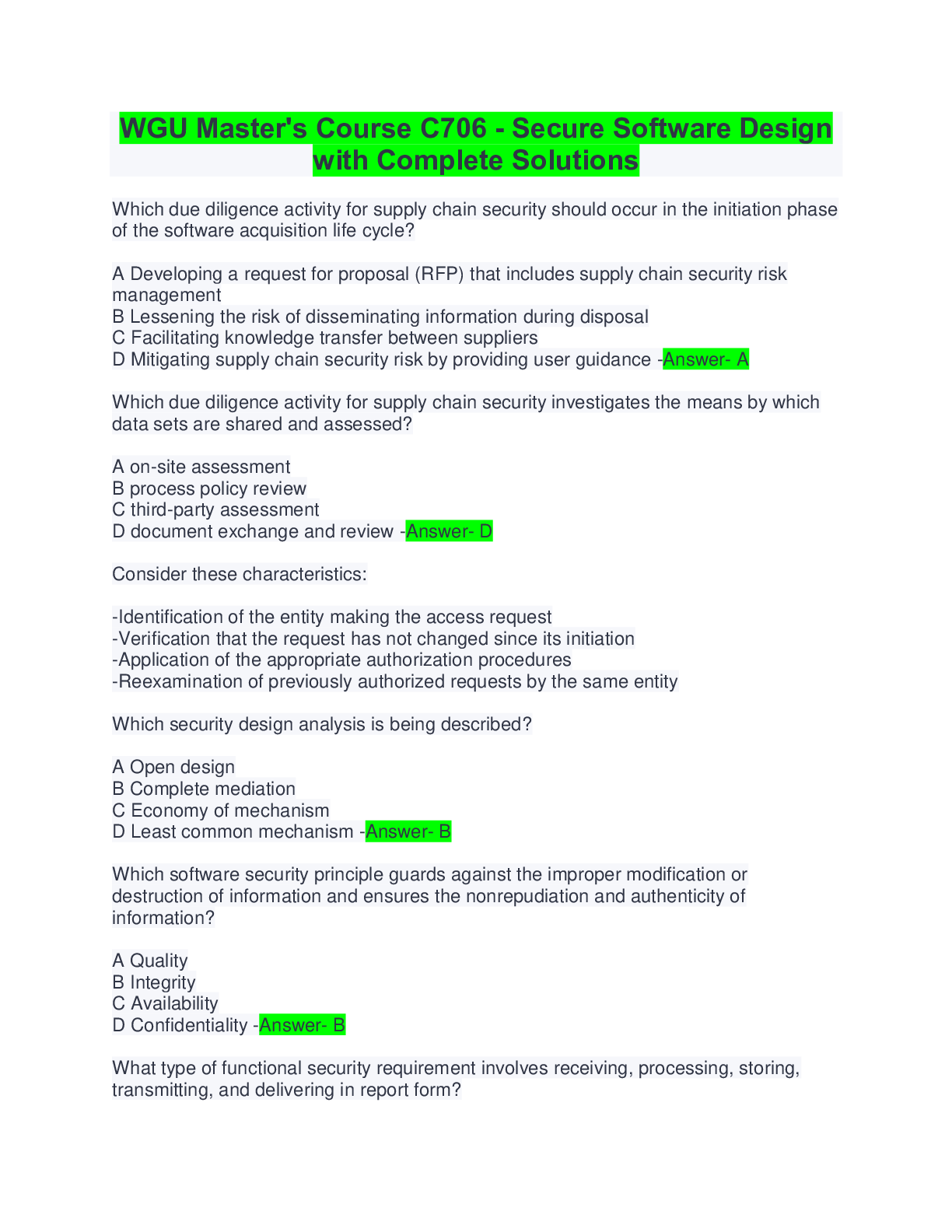

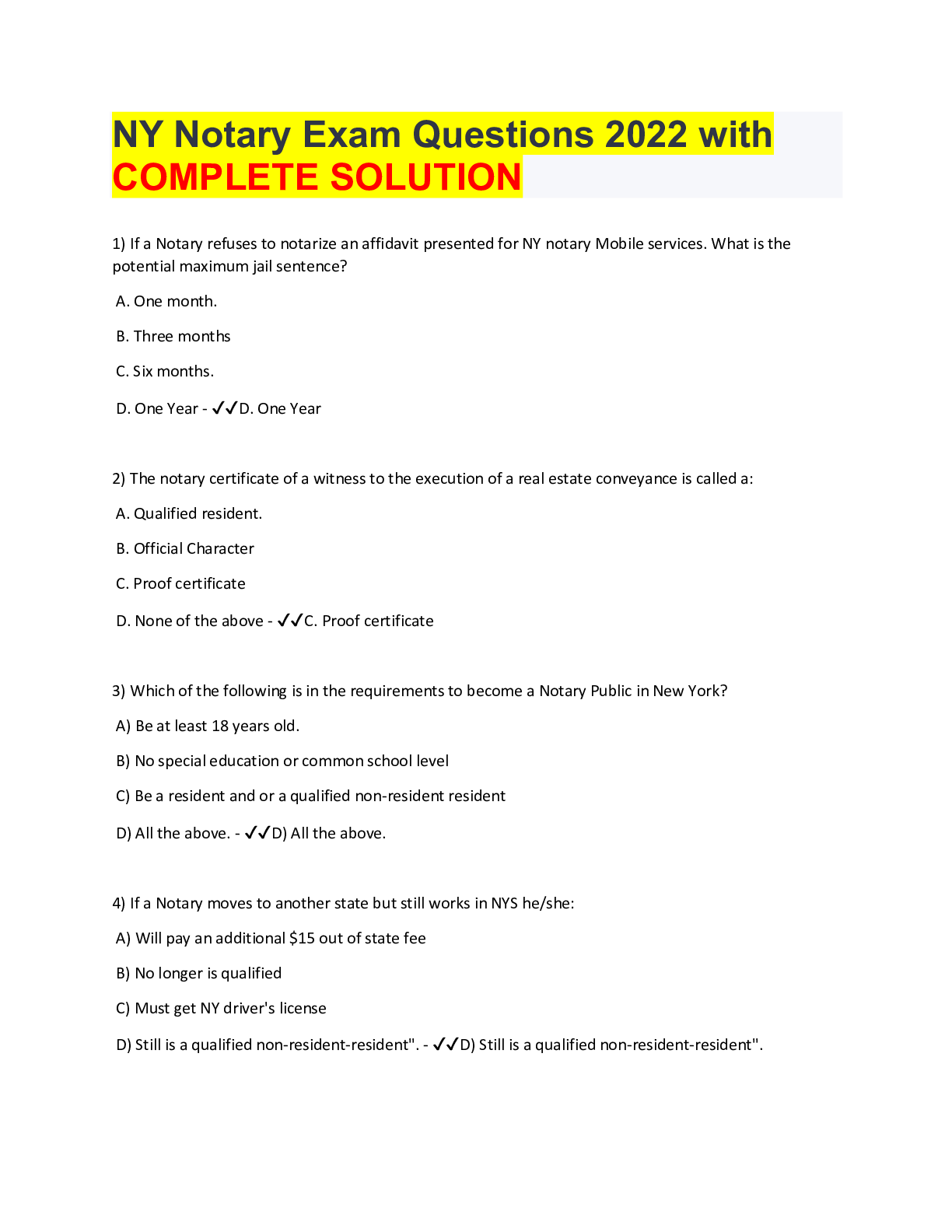
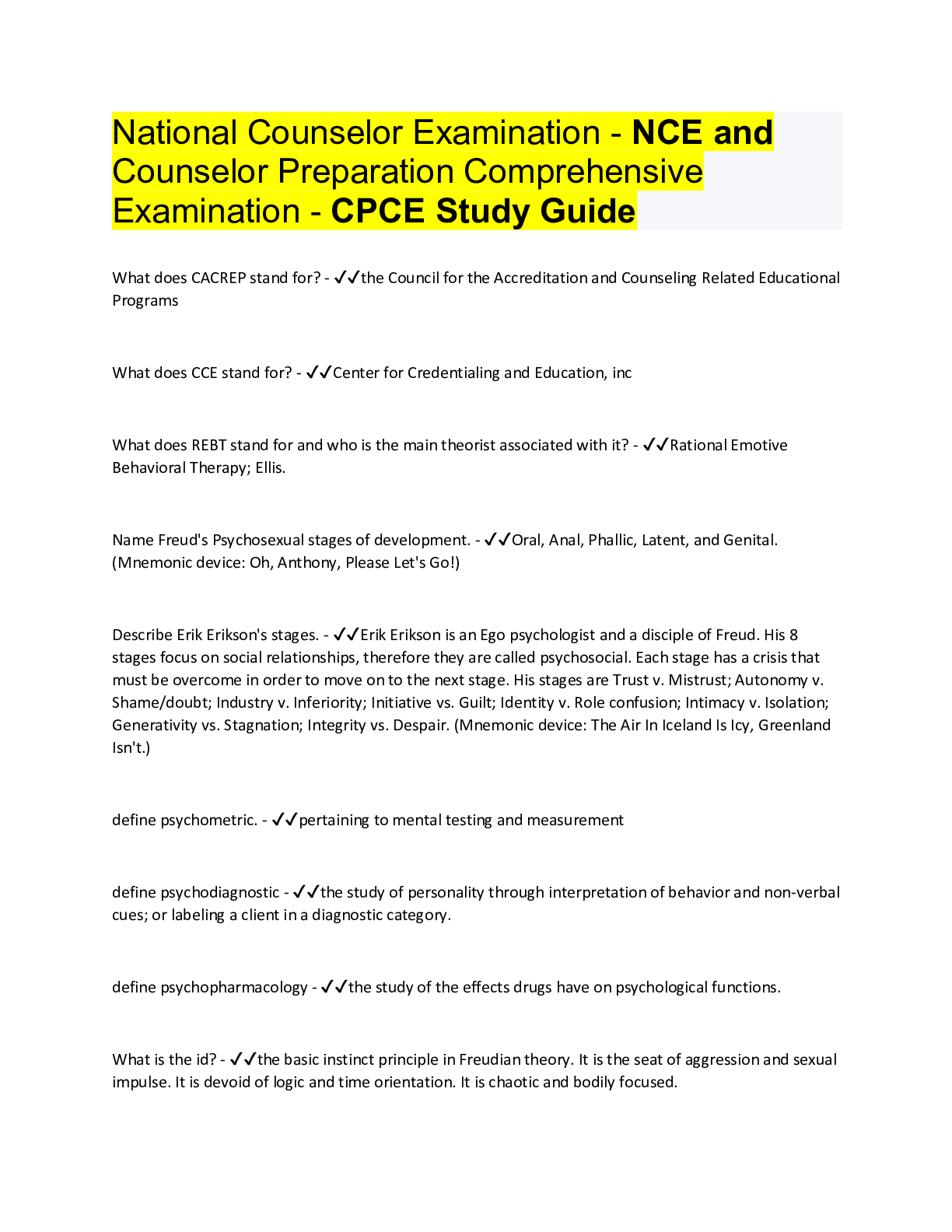

.png)

